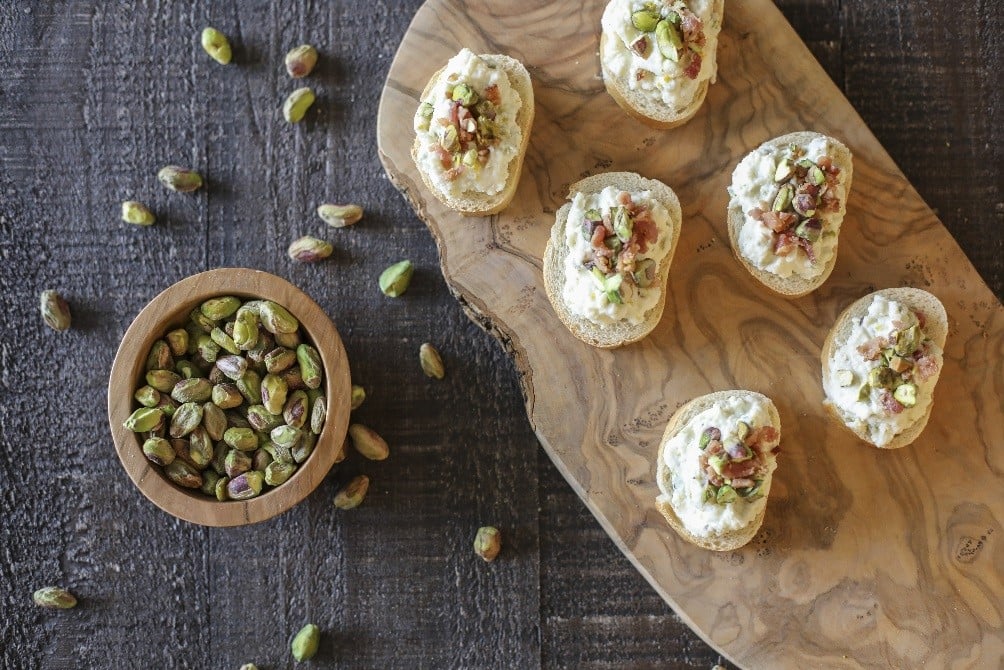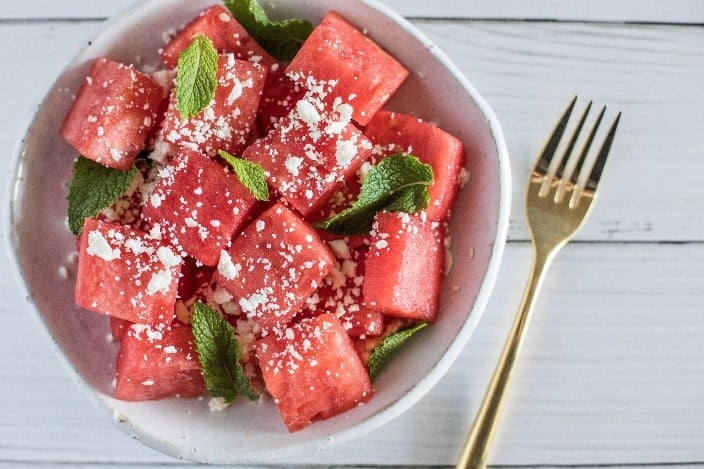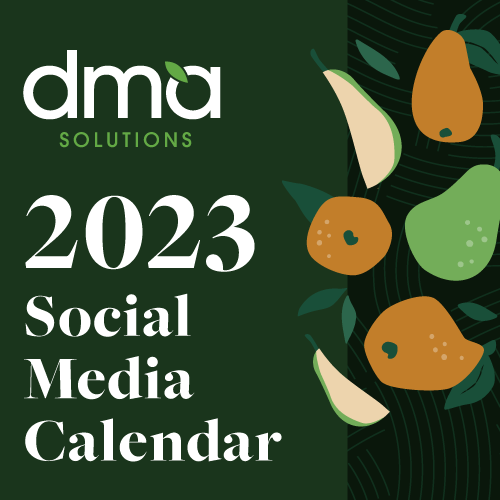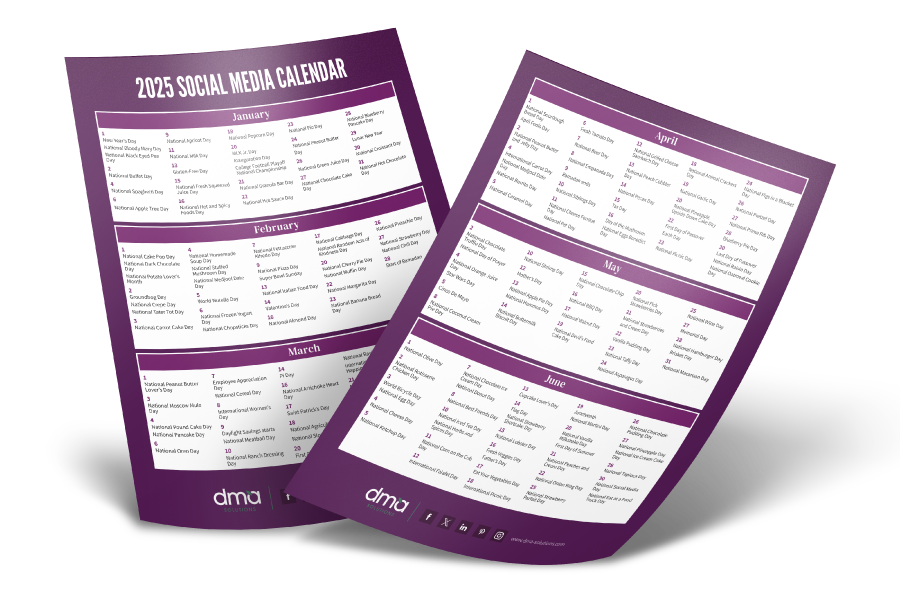“There is no such thing as a new idea. It is impossible. We simply take a lot of old ideas and put them into a sort of mental kaleidoscope. We give them a turn and they make new and curious combinations. We keep on turning and making new combinations indefinitely; but they are the same old pieces of colored glass that have been in use through all the ages.”
-Mark Twain, Mark Twain’s Own Autobiography: The Chapters from the North American Review
There is a great deal of truth in Mark Twain’s words, particularly when it comes to recipes (depressing at first read, isn’t it?). Sometimes it can seem like everything that can be done already has been done. Luckily, you don’t have to reinvent the wheel—it just takes a little bit of variation and a fresh perspective to add new life to an old dish. Think about it like this: just as there are a limited number of notes on the musical scale, there are only so many ingredients that make sense together. The key to writing a new song is to place the notes in a different order, to a different rhythm, to tell a new story—the same applies to food.
Guidelines For Creating Your Own Unique Recipes to Fit Your Brand and Audience
Cast your roles: a star, a setting, and your supporting roles
When you begin brainstorming, define your key components first. What ingredient(s) do you want to highlight? Make sure that is the focus of the dish. Then, “set the stage” by selecting what type of cuisine or theme you are going for in order to set a bit of a boundary between the flavors and ingredients you will be working with. Next, carefully select supporting roles that complement the main role, not upstage it. Make a list of common ingredients that fit the selected theme, and then choose 2-3 that make sense. This outline will help the rest of the pieces fall into place easily.
Know Your Audience
It is also crucial to clearly define your audience—are you catering to busy moms who want something simple and quick? Or do your readers have a more refined palate and thus may be looking for something a little more intricate? A recipe is only a success when it has the realistic capacity to become part of your readers’ lives.
 Feed Your Mind…
Feed Your Mind…
As a recipe developer, one of the most important things you can do is to constantly feed yourself recipe inspiration. And with that, be sure you diversify your sources of recipe content. The greater variety of flavors, cuisines, and techniques to which you are exposed, the deeper the reservoir you will have available when it comes time to produce a new idea. As you read recipes, whether you are cognizant of it or not, your brain will begin to generate connections and pick up on patterns that will aid in coming up with your own.
…And Then Your Stomach
Beyond reading, it is also important to experiment with new recipes in order to physically experience the process, become comfortable with new techniques, and notice what your readers may respond to positively—and what may be a little too cumbersome or time-consuming. Try your recipe a few times, experiment with variations, and recruit some honest taste-testers.
Choose Accessibility Over Impressibility
There is a delicate balance in developing a recipe that is both innovative and impressive, yet also accessible enough for your readers to feel equipped to attempt. Although there are some dishes worthy of a trip to a specialty grocery store, the average reader will not be willing to go outside their ordinary routine just for one or two ingredients. Try to incorporate ingredients that can be found in most grocery stores, don’t cost a fortune, and won’t require your readers to spend an hour wandering around while on the hunt.
Begin With The Base of Every Recipe
Every good cook should be familiar with the 6 elements of flavor: sweet, salty, fatty, bitter, acidic, and umami. Combining these elements will increase depth of flavor and allow all of the ingredients to marry. As you are creating your recipe, pay close attention to the presence of each sensation. The more you practice, the better you will become at pinpointing what that “little something” is that will round out your flavors.
Eat with Your Eyes
They say you have one chance at a first impression—and in this case, it’s your photos. No matter how much you rave about how delicious your recipe is, the initial selling point will always be your presentation. Strike a balance in your photos with whites and blacks and height and depth. When staging your food, keep the plating simple and add in props that play with colors and textures, and be sure to highlight the flavors in the dish. The eye favors patterns and grouping, so be strategic in incorporating items with similar shapes and in odd numbers.
Engage All Senses
Not only should your work be engaging visually, it should also appeal to the other four senses. Though you can’t physically set a piping-hot bowl of soup down in front of your reader, photograph and describe it in such a way that they can smell the aromas, feel the warmth, hear the simmer of the pot on the stove, and taste the flavors. (Added bonus if you can sprinkle in some nostalgia.)
The Bottom Line
Recipe development is more than a list of ingredients and a step-by-step method: it is an opportunity to generate human connection with your audience. As with any art form, your creations ought to evoke feelings, tell stories, and add value to the lives of your readers. There may not be any completely “original” ideas left, so to speak, but we hear that recycling is all the rage these days.
Wondering how we can help you create content? Learn more about our recipe development and photography services.
{{cta(‘c51e313a-a875-4361-bbd3-bea78a505011′,’justifycenter’)}}












